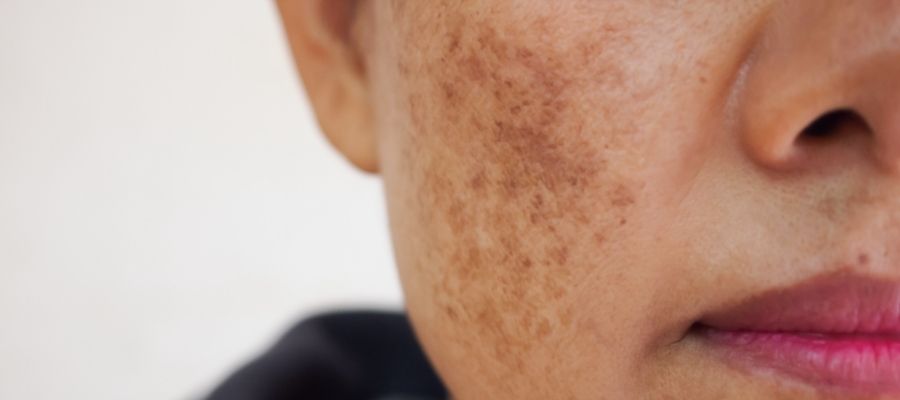
Hyperpigmentation
Pigmentation or dark spots! They appear all of a sudden, whether from recent times spent in the sun, hormone changes, or past times gone by (yep, childhood). And are largely responsible for stealing our radiance and glow through discolouration.
Two words I always use when discussing hyperpigmentation:
Patience and Consistency.
Yet with this in mind I also love treating pigmentation as it’s one of the easiest skin conditions to improve and see results from.
With sunscreen the best and first line of defence the first question I always ask clients is ‘do you use daily sun protection?''
The answer I most often get is ‘’yes, everyday factor 30 / 50!’’
Some further digging and we’re relying on make-up or a moisturiser for protection, that does not protect from Ultraviolet A rays (UVA) in any shape or form or through mis-leading labelling, intentional or otherwise.
Prime example being ‘Broad-spectrum SPF’ this simply refers to the breadth of protection, not actually now much UVA is absorbed. It can be as little as 2%.
With UVA rays responsible for collagen damage, pigmentation, dark spots, skin cancer and elastin breakdown it’s a subject not to be overlooked. UVA rays also account for a whopping 95% of all UVA radiation within our atmosphere, with UVB taking up just 5%.
Without diving too deep into SPF, here is a quick cheat sheet to help you out.
The basics are to ensure an SPF factor of 50 or higher with one of the following symbols, but note the difference in red of the UVA-FA rating for how varied regulation and UVA absorbance can be.



Now that we’ve covered the quagmire of SPF and prevention first let’s get into..
How to ‘treat’ hyperpigmentation?
Here are the top fundamentals to treating hyperpigmentation and pushing your skin to achieve a brighter, more luminous complexion.
1. Know what you’re treating
Melasma, also known as pregnancy mask is influenced by hormones (pregnancy and the pill), your DNA and UV light. Often seen around the forehead, cheek bone and top on the lip.
Post-inflammatory marks are red or brown left over from acne, injury or both i.e. picking of spots!
Whilst sun-spots are flat and round and in areas that have been most exposed to the sun.
Some more unusual conditions can look similar but if in doubt, see a good dermatologist who can guide you.
With Melasma one of the more challenging types, I’ve witnessed many complete recoveries without a laser or invasive treatment.
2. Sun Protection is a must. Always.
Along with a large brimmed hat when out in the sun.
We touched on it first for a reason. Daily broad-spectrum sunscreen, factor 50 or higher with a UVA symbol is the foundation of any routine targeting hyperpigmentation.
UVA rays penetrate tinted glass, clouds and travel deep into the dermis, which is mostly made up of collagen types I and III. This is why SPF will always be the best anti-ageing cream you’ll ever buy.
Applying the right amount is key to getting the level of protection you think you are getting - use the whole two finger approach. And allow the sunscreen to absorb and sink into your skin naturally. Don’t over rub or blend like you would apply a foundation.

Find an SPF YOU LOVE!
I cannot emphasise this enough. You have to apply it daily, and plenty of it, so make sure you choose a formula that you adore and one that is suited to your skin. The days of having to choose between pigmentation and spots are long gone and there is an intelligent formula for all skin types and conditions.
3. Antioxidants are essentials
Free radicals come from pollution, smoke, UV rays and all trigger pigmentation. Antioxidants are the best way to neutralise these and are key not only for pigmentation but anti-aging prevention and overall improved skin health.
They are also super easy to incorporate into a well structured, thought-out routine.
Vitamin C being one of the most common but not necessarily always the best option for your skin. There are many other types of antioxidants that support and suppress pigmentation.
Vitamin B/Niacinamide can be a perfect choice for oilier, blemish prone skins and is a powerful ingredient for tackling pigmentation. Whilst Vitamin E is another power house antioxidant and a great choice for drier and more sensitive skins.
With increasing pollution within our environment and antioxidants a key factor to skin health, new super charged antioxidant formulas have entered the market. Blends rich in green tea, white tea and matcha tea can be found as the ultimate protection to environmental pollution. A staple in my own routine.
Found here Tea Shot Ultimate Urban Defence Serum
4. Minimise Melanin Production
Tyrosinase is the enzyme responsible for melanin production. Suppressing this is another great way to prevent and tackle hyperpigmentation.
Hydroquinone is the clinical gold standard ingredient, but can come with some non desirable effects. Strengths up to 4% are available and you should speak with your health practitioner or local pharmacist to ensure safe usage.
Other effective alternatives to hydroquinone that also inhibit the synthesis of melanin include vitamin C, peptides, diglucosyl gallic acid, licorice extract, retinols, azelaic acid, glycolic and lactic acids. Each of these ingredients have additional co-benefits spa are a win-win.
Three powerful multi-functional brightening Serums each with pigment suppressors are:
ZELENS Lumino Brightening Serum,
ALPHA-H Vitamin C Serum with 10% Ethyl Ascorbic Acid
ZELENS Vitamin C - Collagen Boosting & Brightening 20% Concentrate

5. Push Your ‘Actives’ and Exfoliation
Accelerating the rate at which you remove dead skin cells and speed up new cell turnover will dramatically help fade the appearance of pigmentation. It will also boost your overall radiance and glow.
Chemical exfoliants are always my preferred exfoliation choice, but especially when treating hyperpigmentation. Chemical enzymes travel deeper into the skin and dissolve the bonds that connect skin cells, slowly eliminating the keratinocytes from the stratum corneum.
AHAs - Glycolic and lactic acids being my favourite choices.
Retinoids are another great active ingredient to incorporate and a routine staple for those wanting to minimise the signs of ageing.
As with all actives, slow and steady is your best bet, along with building a 'balanced' routine supportive of your skin barrier. Think hydration (essences, mists and hydrating serums) and Protection (moisturiser and spf)
6. Inside-out approach
Antioxidants and flavonoids help reduce both inflammation and melanin production in the skin. Adding antioxidants such as green tea and other rich sources to your diet can provide a huge natural boost.
Foods rich in vitamin C can further help reduce hyperpigmentation. Foods like papaya, tomato, avocado, orange, grapes, berries, broccoli, carrots, and bell peppers.
Supplements made from rich food state sources are also a great way to easily boost antioxidant and inflammatory support.
Our own Antioxidant Beauty Food is super charged with Tomato, Elderberry, Bilberry, Strawberry, Blueberry, Pomegranate, Raspberry, Peach, Turmeric, Cherry, Cranberry + more an easy and delicious way to boost your daily antioxidant intake!
7. Don't make matters worse
Quick-fixes can be attractive and effective, in the right hands! Peels, micro-needling, lasers. They can be fantastic and work very well in moderation.
BUT if you don’t have the fundamentals right it’s money down the drain and you’ll be straight back to square one, if not far worse off.
In clinic I don’t treat anyone who comes for hyperpigmentation correction unless they’ve been on a prescribed skincare plan for a minimum of 3 weeks that includes great SPF with high UVA absorbance and a pigment inhibitor.
I’ve seen many a person regret laser for pigmentation.
The same applies for squeezing and picking spots which can do longer term damage than had you left that spot alone. Focus on spot prevention, such as reducing congestion (blackheads) and inflammation with salicylic acid and benzoyl peroxides for bacterial acne, and retinols for increasing cell turnover. Each can play a part in a comprehensive acne treatment plan.
Final thoughts..
The best approach is a multi-prong approach, coming at hyperpigmentation from all angles along with consistency and patience.
With the realities of tackling pigmentation is that you do need to push your skin, whilst ensuring balance and comfort to your skin barrier.
Alternating your night-time routine, also known as ‘’Skin Cycling’’ (one night exfoliation, one night retinol, one or two nights recovery) is an ideal way to achieve this.
My favoured skincare routine preference of gentle cleansing along with a focus on hydration and protection will further stand you in good stead.
For more sensitive skins, a slow and steady focus along with a fortifying barrier repair serum or cream can be hugely beneficial in allowing you to push your skin whilst aiding skin barrier recovery for long term glowing skin.
Good luck x
Written by:
Claire Miller
Founder of The Skincare Edit
Advanced Aesthetic Facialist, for over 15 years.
With Advanced Skin Science diploma, Advanced Skin Health Assessment & Advanced Skincare Consultant Training.
Claire remains a consulting expert here at The Skincare Edit. For guidance please get in touch via our Contact Form













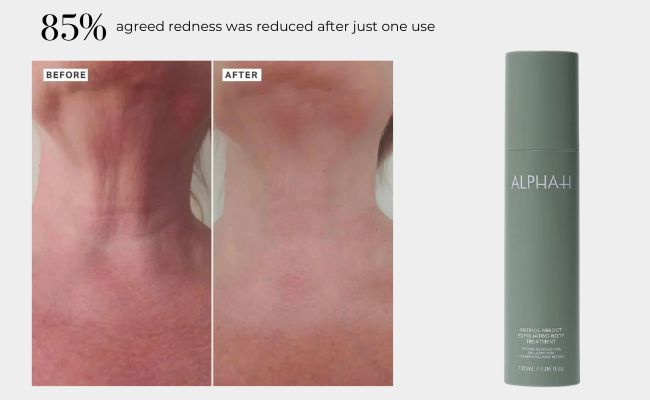
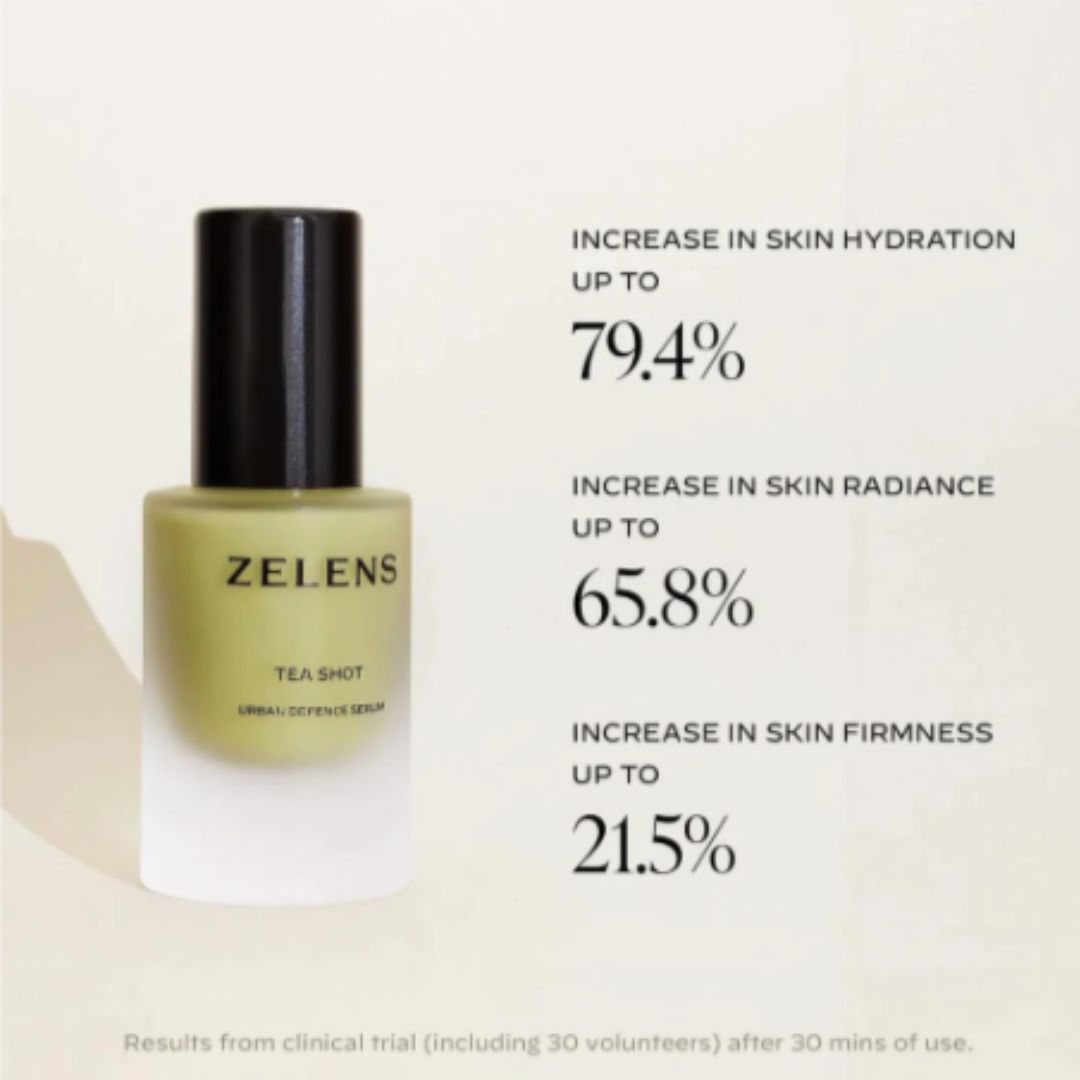
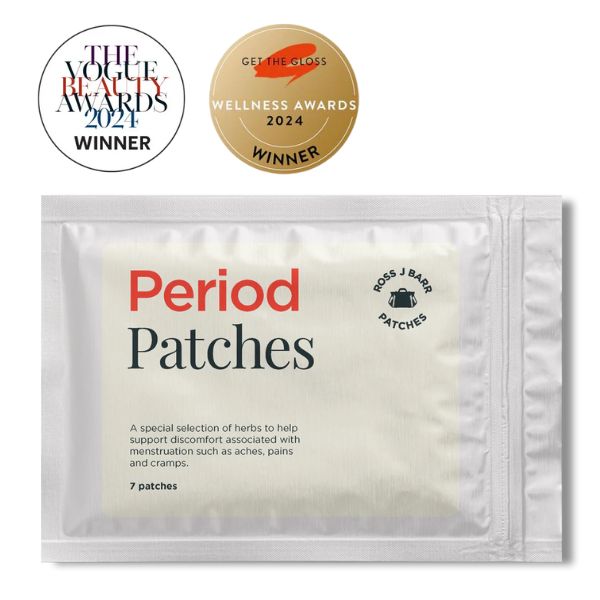
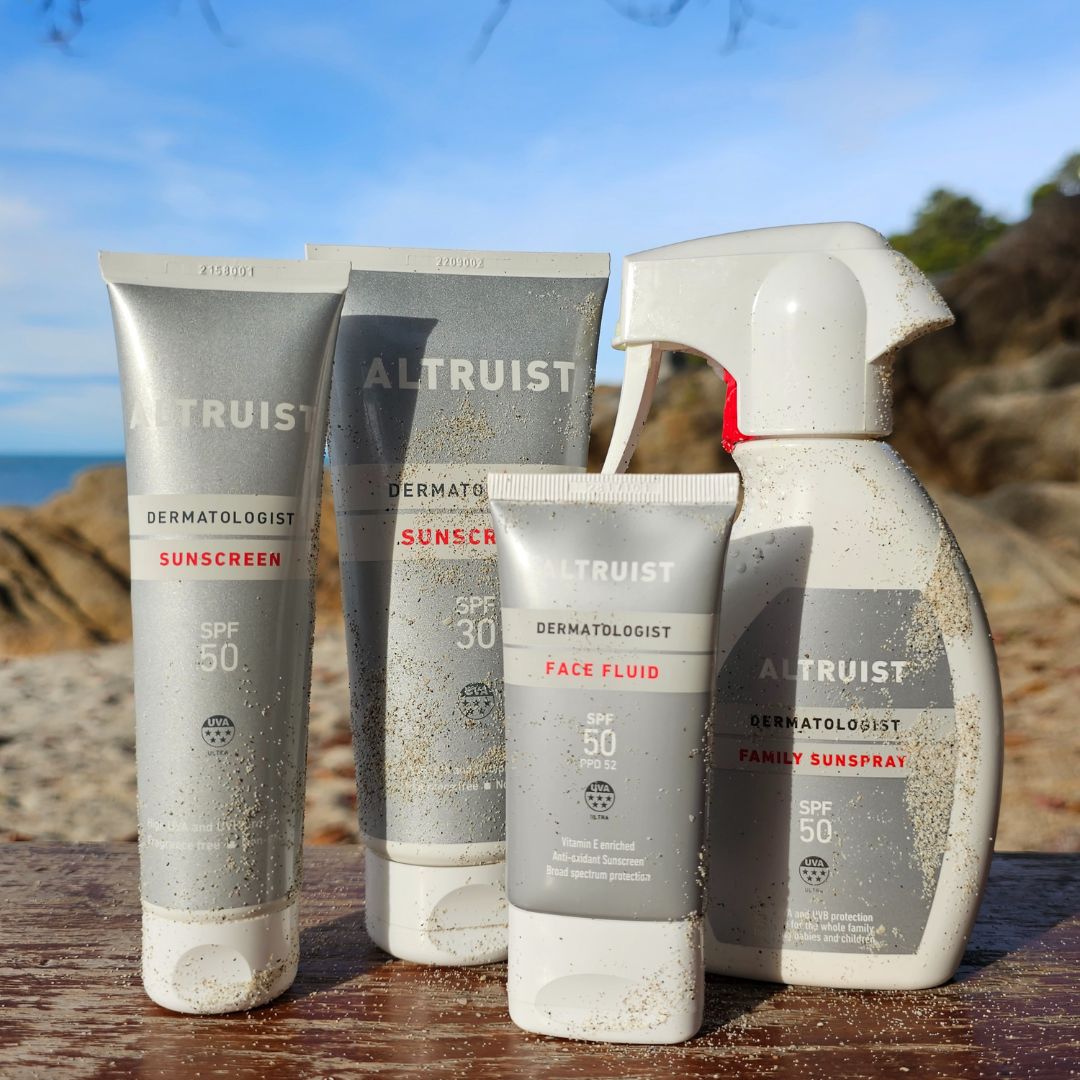
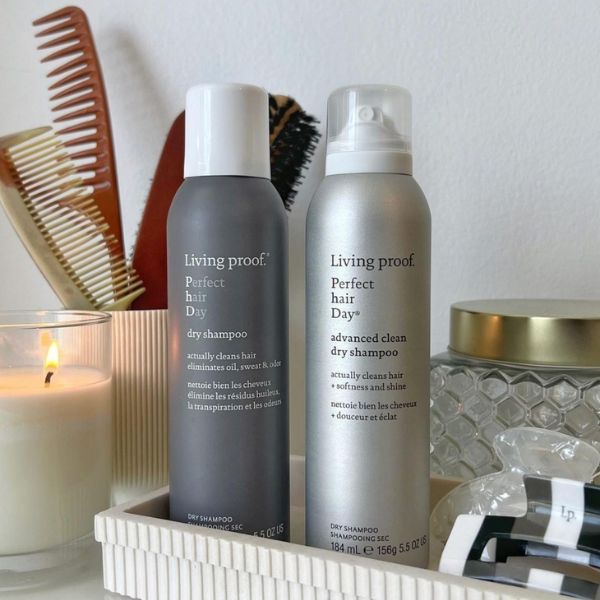
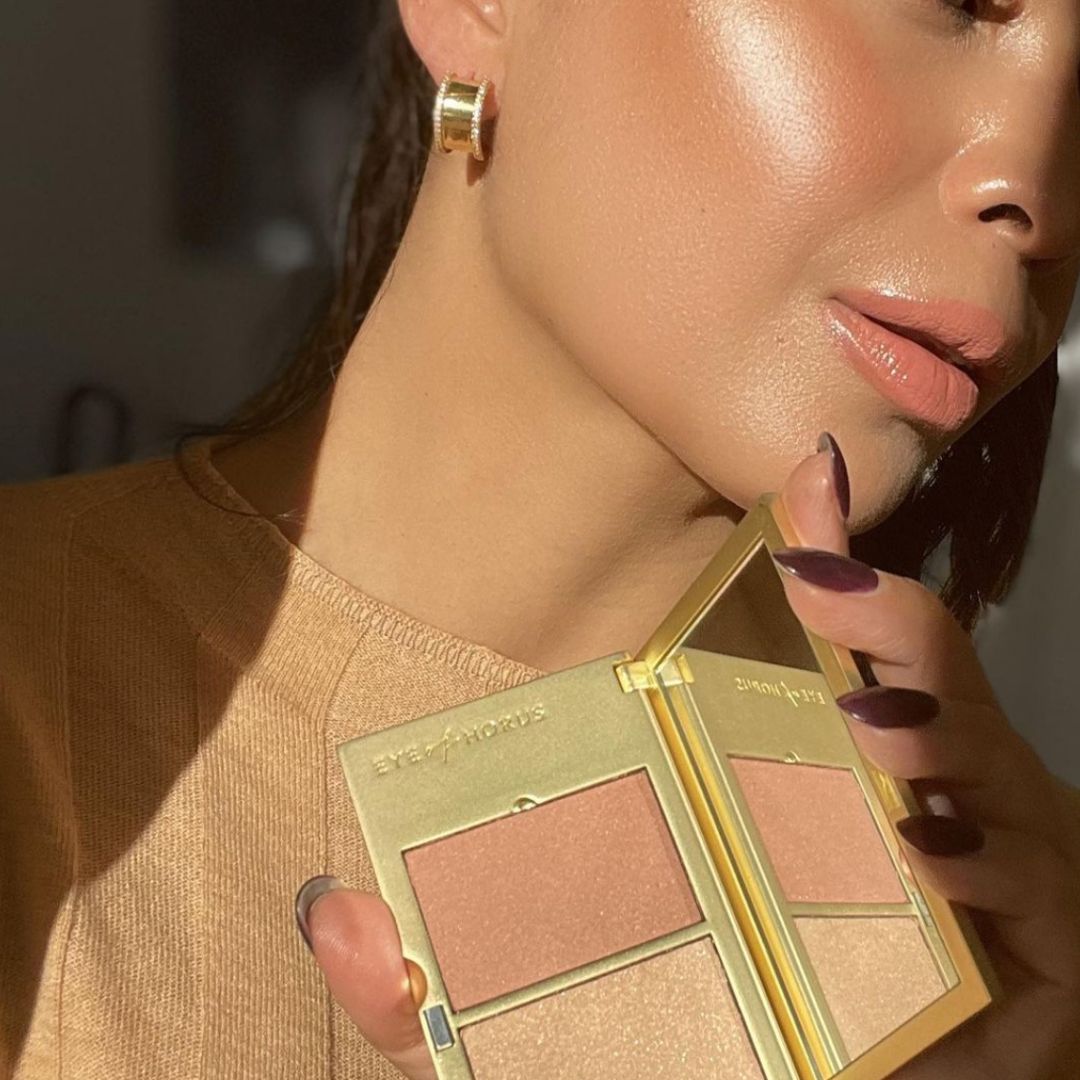
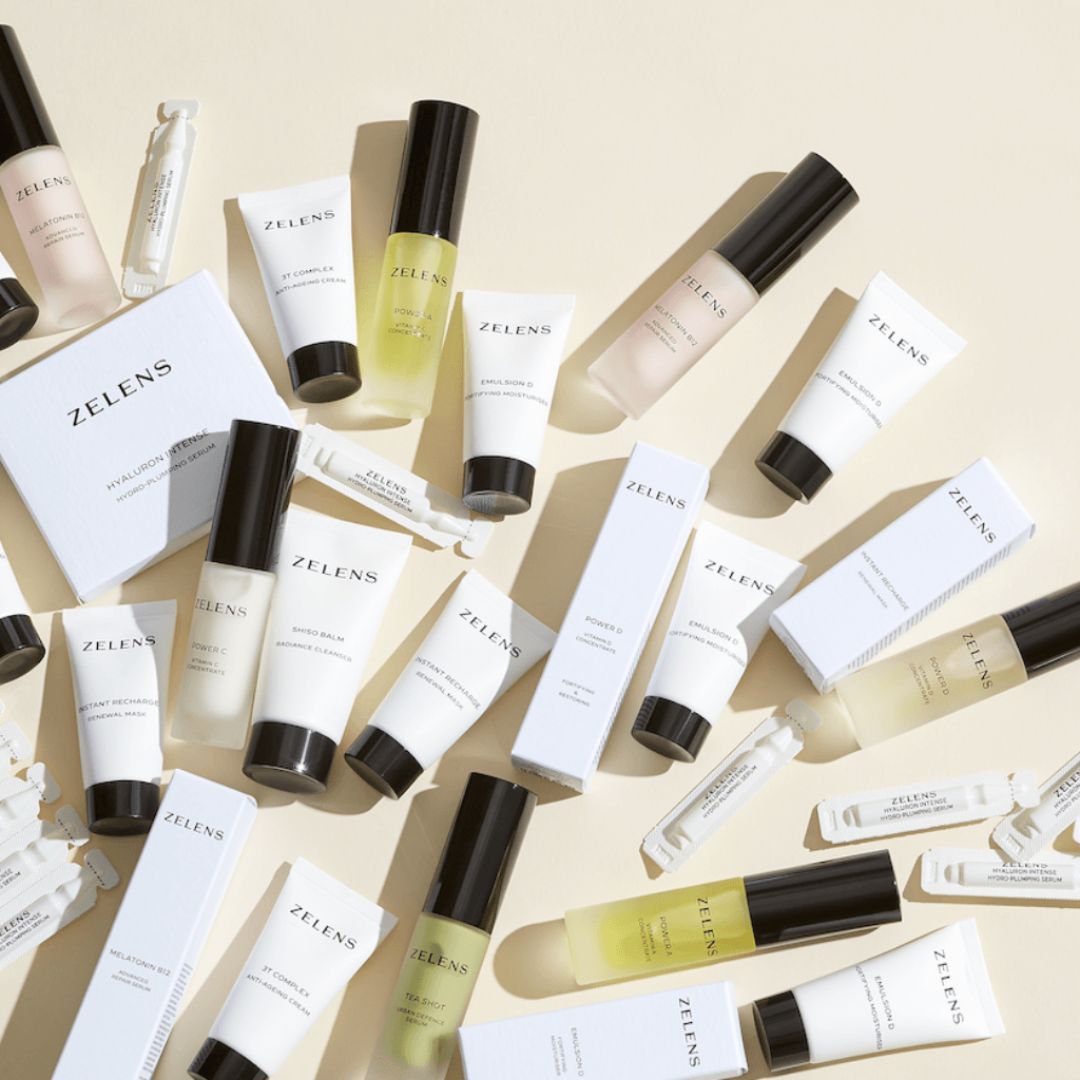
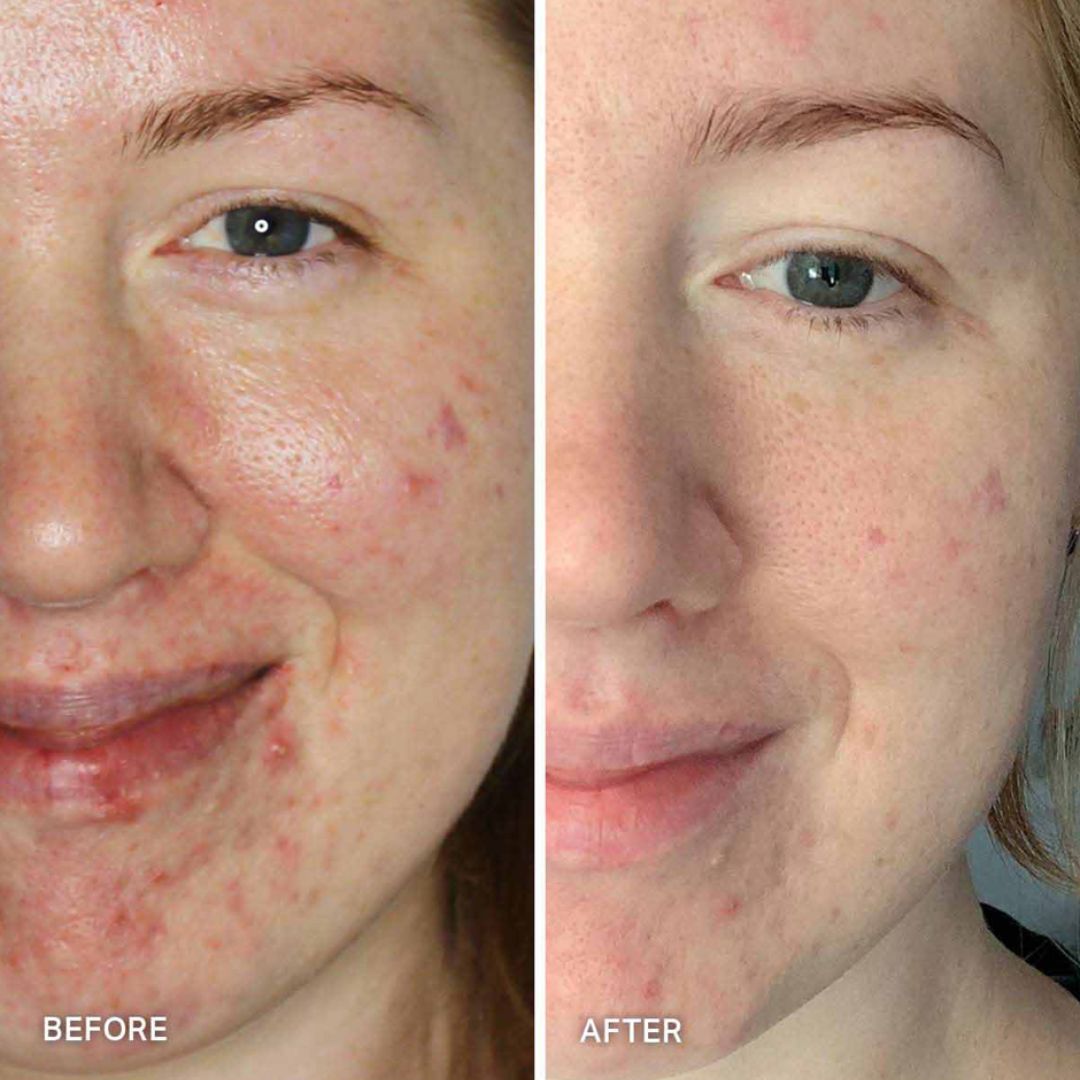
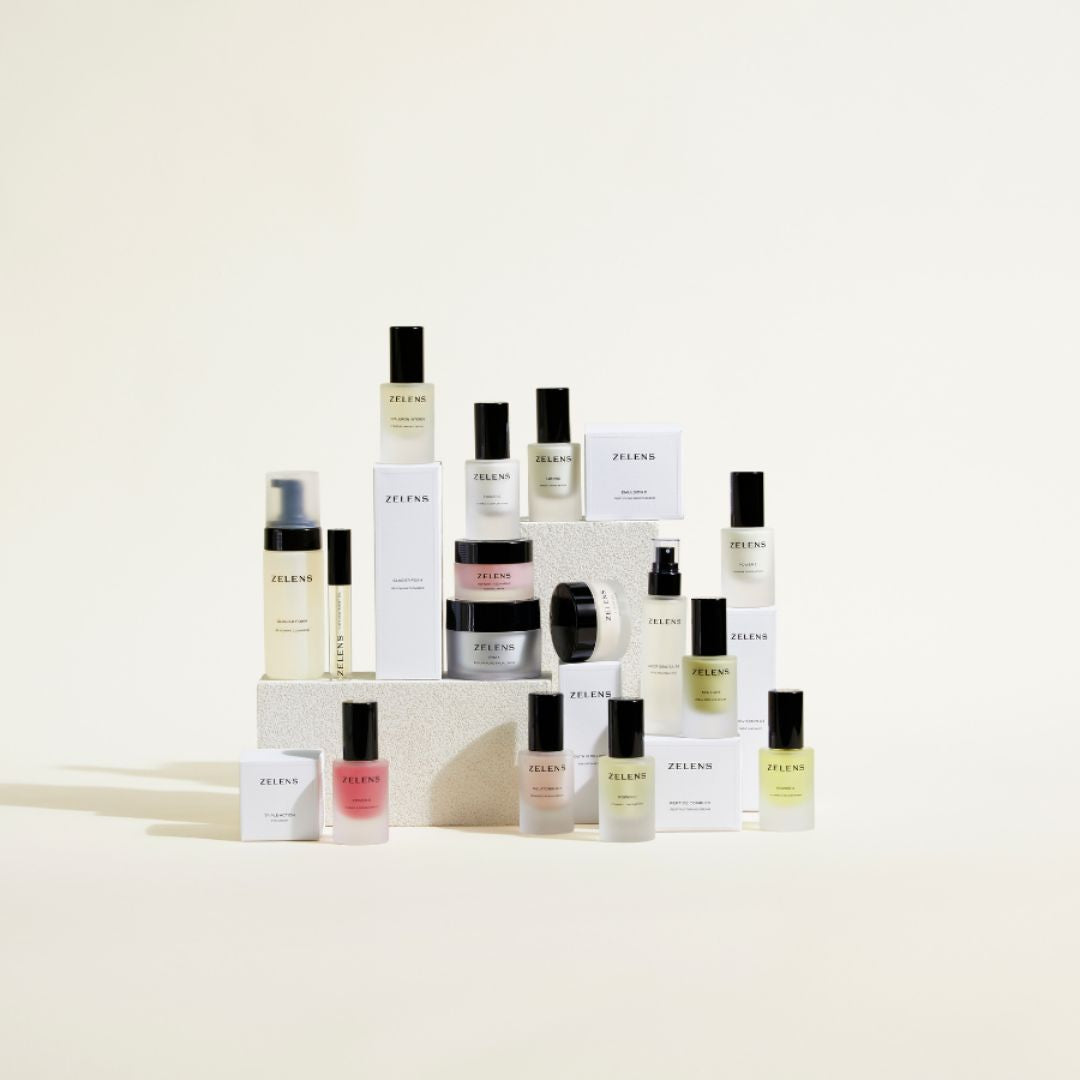
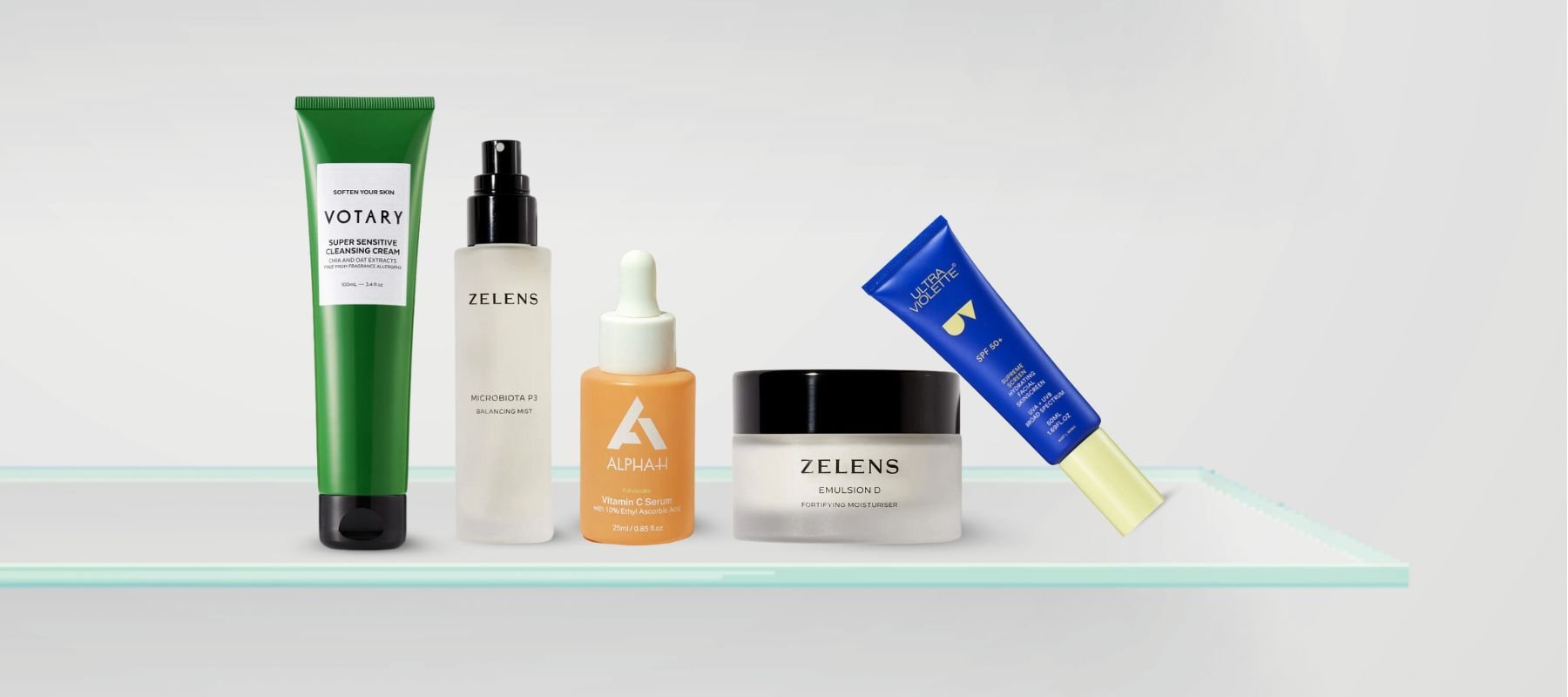

اترك تعليقًا
This site is protected by hCaptcha and the hCaptcha Privacy Policy and Terms of Service apply.